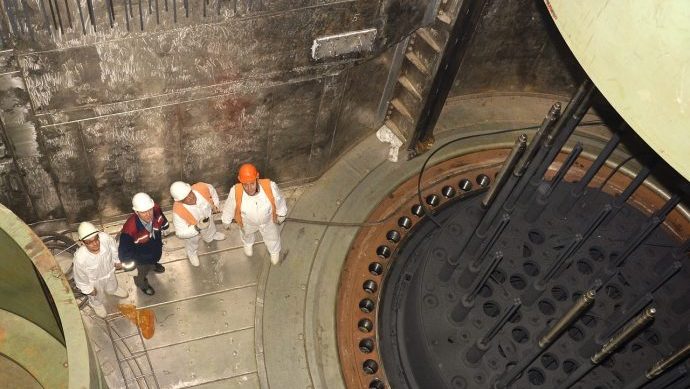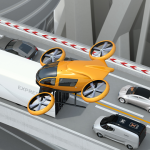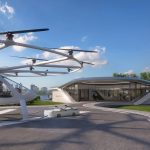I
n a logic of safety, the nuclear supply chain aims at making nuclear power plants safer than ever. As a supplier of electronic and electromechanical components dedicated to harsh environment, Crouzet necessarily complies to regulations.
Among their components, Crouzet limit switches meet the RCC-E 2012 code and are perfectly fit for 3rd generation nuclear reactors.
RCC-E 2012 in short
The feedback experience of Fukushima were lessons learnt. The upgraded RCC-E 2012 code provides a set of requirements on incidents and robustness to instrumentation and control components.
Far more restrictive than its previous version (2005), it takes into consideration critical events such as flooding, earthquake, loss of power supplies and station blackout.
This revised code applies to already existing nuclear plants as well as to the 3rd generation EPR (European Pressurized Reactor). Having its products certified according to the RCC-E2012 code will enable Crouzet to keep on being one of the main manufacturer and supplier of secured and long-lasting components.
It grants the company access to this new generation of reactor at least until 2040-2050, when the 4th generation should be industrialized.
Nuclear Challenges: Safety first
Built since the years 1970, most nuclear reactors currently operated in the world are 2nd generation reactors. The birth of a new generation is dictated by new specific requirement criteria and each generation has to meet major issues of the time of their construction.
Third generation nuclear reactors focus on safety and security requirements and more especially on a reinforced resistance to external aggression. They are built upon learning experience from the 2nd gen., from nuclear accidents (Three Miles Island, Chernobyl, Fukushima) and from September 11th attacks.
Though some 2nd gen nuclear power plants are still under construction in China, the new 3rd gen standard seems to be the worldwide option for any new plant. In Europe and in the US, the main security authorities have already made arrangements to define this new standard as the one to be referred to for any new power plant.
Solutions when failure is not an option.
Improving safety on nuclear sites has been Crouzet’s everyday issue for more than 40 years. Crouzet’s microswitches, limit switches and sensors withstand the most challenging environments to switch current and detect position of main valve shaft, motorized valve actuators, hoists, gates, generators, safety guards and HVAC.
To address the main market players of 3rd gen reactors, Crouzet’s limit switches are certified as per the RCC-E 2012 codes too with all types of categories:

- AG: equipment required to perform its function under severe accidents
- K1: equipment required to perform its function under normal service conditions, earthquake, normal service radiation, accidental and post-accidental conditions
- K2: equipment required to perform its function under normal service conditions, normal service radiation and earthquake
- K3, K3AD, K3/ATEX: equipment required to perform under normal conditions and earthquake.
Designed to detect positions and switch high and low currents in the most severe conditions, Crouzet’s switches are solutions when failure is not an option.
Durability, safety, economic competitivity and resistance to nuclear proliferation are the four criteria set by the Generation IV International Forum on which the next generation will have to be conceived.
With 46 nuclear plants already equipped worldwide and more than 100000 highly precise, sealed and robust switches used to detect position (closing or opening status,) of safety, regulation or steam valves, no doubt Crouzet will go on developing its expertise in that domain to meet the future requirements to come.



